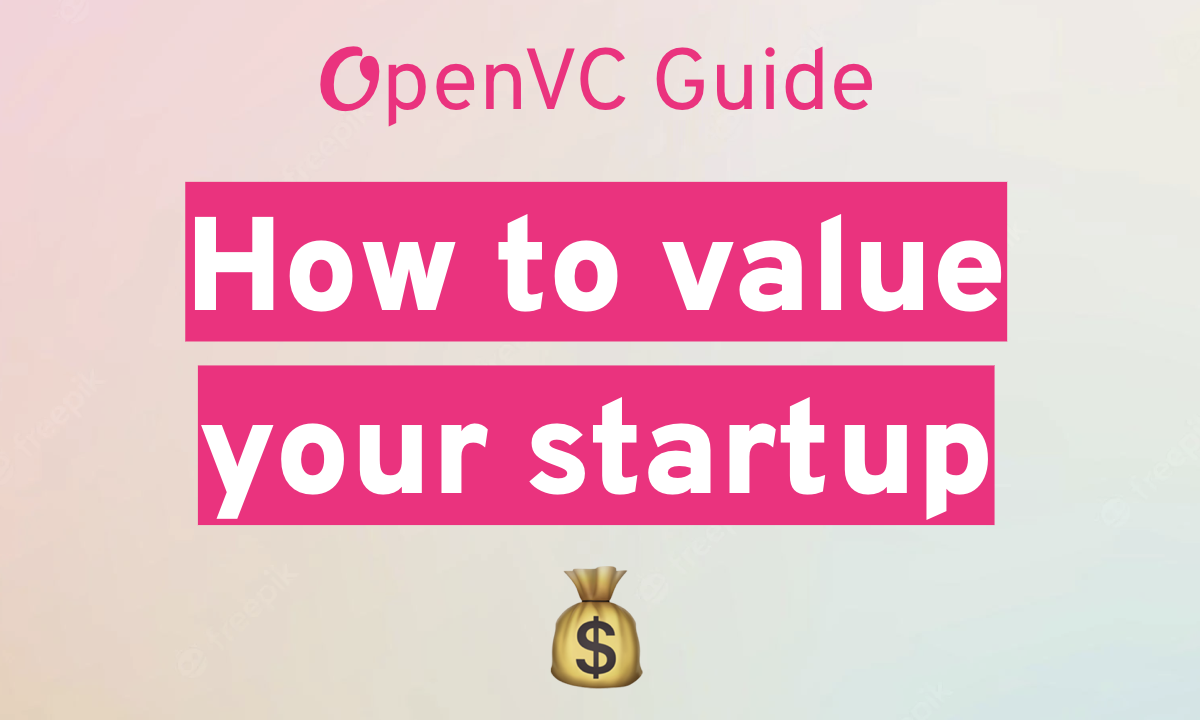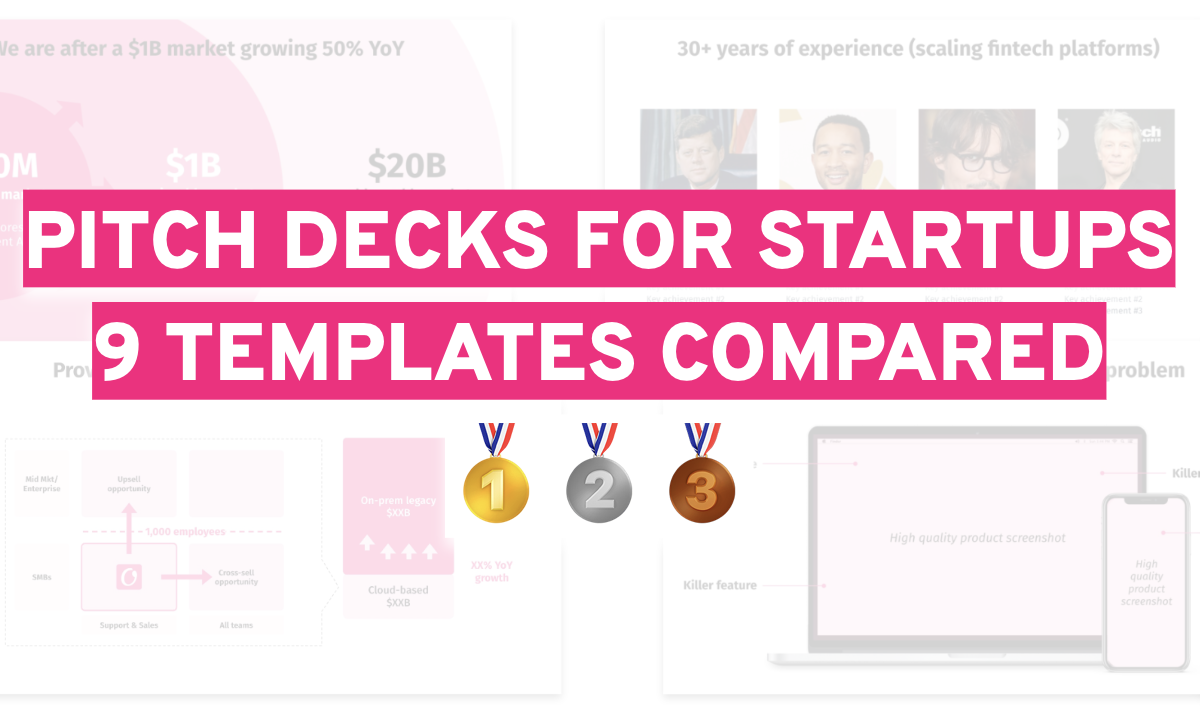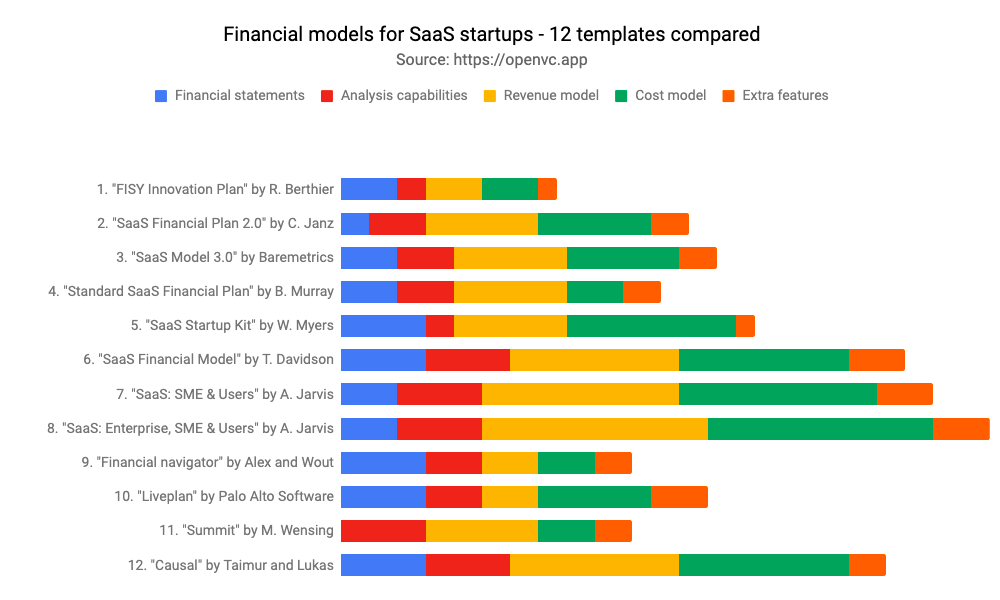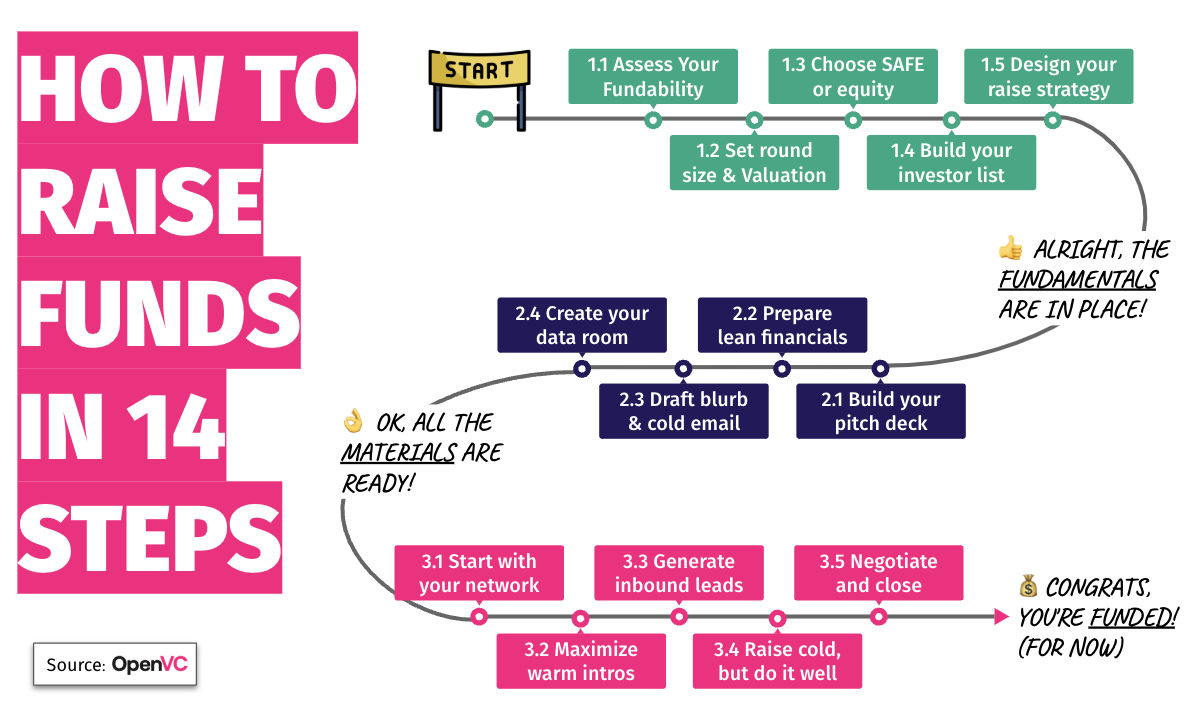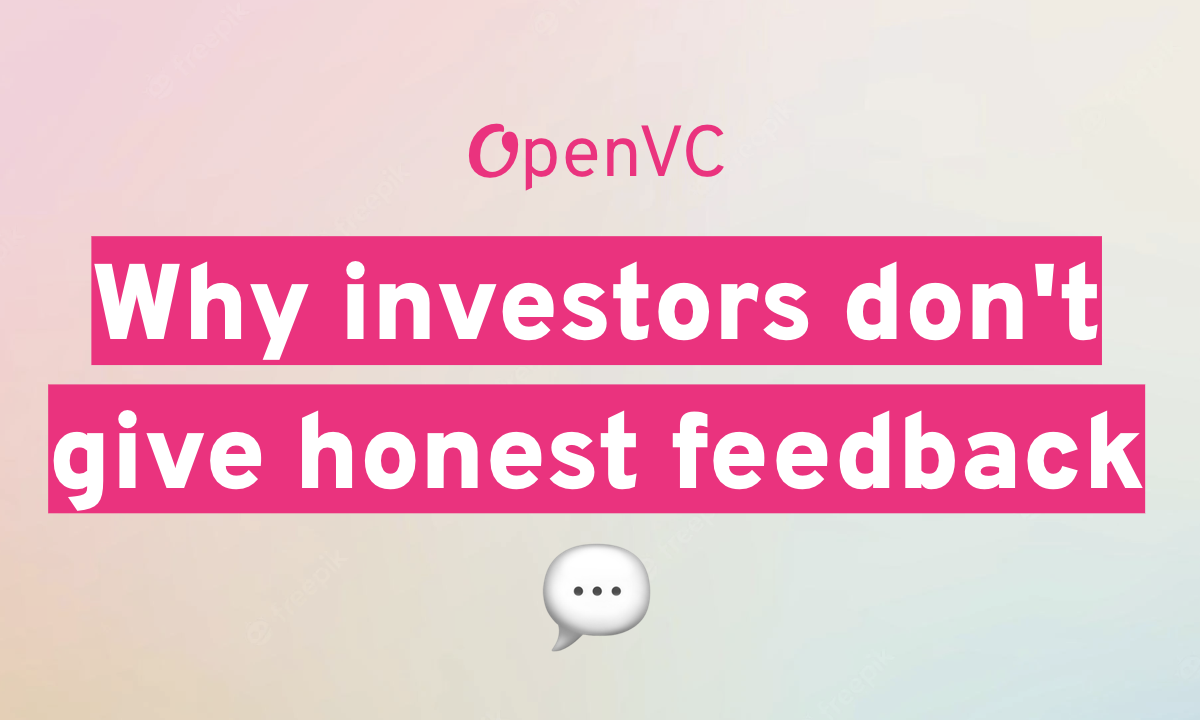In the VC world, building a portfolio that consistently delivers returns is the ultimate Holy Grail.
While everyone dreams of finding the next unicorn and making headlines, only the top decile of VC funds manage to generate returns exceeding 20% IRR with total value-to-paid-in (TVPI) multiples above 3x, while the median VC fund struggles to achieve market-beating returns.
After analyzing over 300,000 funding rounds and studying global VC performance patterns, we've discovered that the secret to consistent outperformance lies in systematic diversification through fund-of-funds strategies. This approach transforms venture capital from a high-stakes gamble into a methodical investment discipline.
In this comprehensive guide, I'll share the framework we've developed at Esinli Capital that has helped accredited investors achieve success probability improvements from 74% to 91% while targeting 20-30% IRR. Whether you're an LP looking to optimize your venture allocation or an investor seeking to understand professional VC portfolio construction, this article provides a data-driven roadmap to building portfolios that actually perform.
Table of Contents
1. The Power Law Problem (And How to Solve It)
In venture capital, only a tiny fraction of investments drives the vast majority of returns. Cambridge Associates data reveals that out of more than 4,000 yearly investment rounds across over a decade, the top 100 have generated well over 70 percent of all returns.
Let me show you just how concentrated these returns really are.
In a typical 1,000-investment dataset, the top 1% of investments generate 13.8% of all returns, while the top 5% contribute 37.9% of total returns. Meanwhile, the bottom 50% of investments contribute just 11.4% to overall returns.
For example, Uber's seed investors achieved a 5,000x return, while Airbnb delivered 2,200x to its earliest backers. These two investments alone could have returned an entire seed fund multiple times over, demonstrating why capturing just one outlier can define a portfolio's success.
This puts investors in a tough spot.
You need exposure to outliers to generate meaningful returns, but identifying them in advance is nearly impossible. Even top-tier VCs struggle with this challenge, as their success often comes down to being in the right place at the right time rather than pure skill.
The traditional solutions - spray and pray or concentrated bets - both have fatal flaws:
The "Spray and Pray" Fallacy
Many investors believe that indexing venture capital by investing in hundreds of startups will capture outliers. However, our analysis shows this approach fails because:
- Direct access to quality deals is limited for most investors
- Managing 100+ investments becomes operationally impossible
- The best startups often choose their investors, not vice versa
- Individual investors lack the resources for proper due diligence across hundreds of companies
The Concentration Risk
On the other extreme, betting on 5-10 companies maximizes potential returns but comes with risks most investors can't afford. Academic research suggests that portfolios below 20 companies face excessive concentration risk. With a 30.1% failure rate (investments returning less than 1x) and only 35.5% of investments returning 3x or more, concentrated portfolios face binary outcomes.
The Solution: Systematic Fund-of-Funds Approach
The optimal solution leverages fund-of-funds strategies to achieve broad exposure through professional managers. Research shows that FoFs in venture capital are able to identify and access superior-performing funds, providing an average portfolio multiple of 3.87x (equivalent to ~21% annual IRR over 7 years).
This approach provides:
- Access to 300-500 underlying companies through 20-30 fund investments
- Professional selection and due diligence at two levels
- Geographic and vintage diversification impossible to achieve directly
- Operational efficiency with manageable oversight requirements
2. Why Fund-of-Funds Outperform Direct Investing
The data supporting fund-of-funds strategies is compelling. A 2023 analysis by Mountside Ventures examined:
- 104 funds of funds
- Managing over £35 billion in AUM
- Investing in 700+ VCs annually
Here's what they found: early vintages show strong financial returns across both the top quartile, median and third quartile across the Fund-of-Fund population.
| Performance Quartile | FoF Outperformance Rate | Average Outperformance (TVPI) |
| Top Quartile | 53.3% of vintages | +0.27x |
| Median | 93.3% of vintages | +0.68x |
| Bottom Quartile | 100% of vintages | +0.89x |
The data shows that FoFs provide superior downside protection, with bottom quartile FoFs maintaining positive returns across all vintages studied, while bottom quartile direct VC often experienced significant losses.
The Mathematics of Diversification
When investing in 25+ funds, the probability of a <1.5x performance multiple decreases from 26% to 9%, and risk-adjusted performance, as measured by the Sortino ratio, increases from 0.7 to 3.0.
This significant improvement in risk-adjusted returns occurs because:
- Portfolio Effect: Each fund typically holds 20-40 companies, providing exposure to 500-1000 companies total
- Manager Selection Alpha: Professional FoF managers have access and expertise individual LPs lack
- Vintage Diversification: Spreading investments across multiple years reduces timing risk
- Follow-on Flexibility: FoFs can double down on winning managers and strategies
Access Advantage
Perhaps most importantly, VC FoFs often outperform direct investing handicapped by fund access or manager selection skills. Top venture funds are notoriously difficult to access, often closed to new LPs or requiring minimum commitments beyond most investors' reach.
Fund-of-funds solve this through:
- Established relationships with top-tier managers
- Ability to aggregate capital for larger commitments
- Track record that opens doors to exclusive funds
- Professional due diligence capabilities
Historical Performance Evidence
Looking at specific vintage years really drives this home. During the golden era of 2010-2012, FoFs provided crucial downside protection while maintaining upside participation. The 2010 vintage achieved an exceptional 27.75% IRR, while FoFs investing across this period captured significant returns with lower volatility.
3. The Four Pillars of VC Portfolio Diversification
Effective VC portfolio construction requires diversification across four critical dimensions:
Pillar 1: Geographic Diversification
Geography significantly impacts returns, but the relationship is nuanced. Research reveals distinct patterns in how venture capital performs across different regions.
The global venture capital landscape shows extreme concentration, with North America capturing $91.5 billion or 62% of total global VC funding in 2024. Silicon Valley alone attracted $90 billion, representing 57% of all U.S. venture funding and 49% of global venture capital in Q1 2025.
Regional performance metrics reveal significant variations:
- North America: 25% average IRR, 2.8x TVPI, 35% exit success rate
- Europe: 20% average IRR, 2.5x TVPI, delivering 11.2% per annum since 2002
- Africa: 28% average IRR, 3.1x TVPI, reflecting high-risk/high-reward dynamics
- Asia-Pacific: Mixed performance with India showing 40% growth while China declined
The optimal approach balances:
- Core markets (60-70%): Focus on established ecosystems like Silicon Valley, NYC, London
- Emerging markets (20-30%): Exposure to high-growth regions like Southeast Asia, Eastern Europe
- Specialized hubs (10-20%): Target excellence centers like Israel for cybersecurity, Boston for biotech
Consider Waze, the Israeli navigation startup that sold to Google for $1.1 billion. Early Israeli VCs like Magma Venture Partners achieved 100x returns, while Vertex Ventures Israel has backed five unicorns from a single $140M fund—a hit rate that surpasses many Silicon Valley funds.
Our data shows that Israeli funds offer particular advantages, with portfolio companies achieving exit valuations 40% higher than global averages and producing more unicorns per capita than any other ecosystem.
Pillar 2: Stage Diversification
Different stages offer distinct risk-return profiles that create natural portfolio balance:
| Stage | Success Rate | Expected Return Multiple |
| Seed | 7% | 100x target |
| Series A | 12% | 10-15x (avg 12.5x) |
| Series B | 18% | 3-5x |
| Series C | 22% | 3-5x |
| Series D+ | 29% | 3-5x |
The data illustrates a clear inverse relationship: early-stage investments carry significantly higher failure rates but offer the potential for extraordinary returns when successful. Up to 90% of startups fail overall, with 38.6% of seed-stage companies failing by company count.
This allocation captures upside while managing downside risk through more mature investments:
- Early-stage (40-50% allocation): 10-20% success rate but 10x+ return potential
- Mid-stage (30-40% allocation): 20-30% success rate with 3-5x returns
- Late-stage (10-20% allocation): 30-50% success rate with 1.5-2.5x returns
This inverse relationship plays out in real portfolios. Peter Thiel's $500,000 seed investment in Facebook returned $1.1 billion (2,200x), while later Series A investors like Accel Partners still achieved exceptional 100x returns. Meanwhile, Microsoft's Series B investment in Facebook in 2007 at a $15 billion valuation returned "only" 12x—still excellent, but a fraction of earlier investors' gains.
Pillar 3: Sector Diversification
While AI currently captures 37% of all venture funding, over-concentration in trending sectors poses significant risks. The optimal approach focuses on:
Core Sectors (60-70%):
- Enterprise software (persistent demand)
- Healthcare technology (demographic tailwinds)
- Financial technology (ongoing disruption)
Emerging Sectors (20-30%):
- Climate technology (policy support)
- Deep tech/robotics (technological breakthroughs)
- Web3/blockchain (selective opportunities)
Opportunistic (10%):
- Reserve for unexpected breakthrough sectors
Pillar 4: Vintage Diversification
Timing is everything in venture capital. The best fund vintages have tended to be right after a bubble. Historical IRR data by vintage year shows dramatic variations:
Key vintage performance highlights:
- 2000-2002: Post dot-com crash recovery (0.73% to -0.49% IRR)
- 2010-2013: Peak performance era (27.75% to 19.31% IRR)
- 2020-2022: Challenging period with negative IRRs (-2% to -8%)
The 2009 WhatsApp seed round perfectly captures vintage year impact. Sequoia invested $8 million in 2011 (a peak vintage year) and returned $3 billion—a 375x return. Had they invested just two years earlier or later, the opportunity might have been missed entirely or achieved far lower multiples.
The 2010 vintage achieved the highest returns at 27.75% IRR, demonstrating how market timing can dramatically impact performance. However, predicting these cycles is nearly impossible, making vintage diversification essential.
4. Building Your Portfolio: A Step-by-Step Framework
Here's our proven framework for constructing a diversified VC portfolio:
Step 1: Determine Your Allocation
Start with these guidelines based on your total investment portfolio:
- Conservative: 5-10% in venture capital
- Moderate: 10-20% in venture capital
- Aggressive: 20-30% in venture capital
Remember, venture capital is illiquid with a 7-12 year time horizon. The J-curve effect means you'll experience negative returns for the first 3-5 years before seeing positive performance.
Benchmark Capital's Fund I (1995) exemplifies the J-curve perfectly. After showing negative returns for four years, their $2.5 million eBay investment eventually returned $4 billion, driving the fund to a 92x return. LPs who panicked during the negative years would have missed one of venture capital's greatest success stories.
Step 2: Choose Your Strategy
For portfolios under $5 million: Focus on fund-of-funds exclusively
- Target 2-3 high-quality FoFs
- Ensures instant diversification across 500+ companies
- Professional management throughout
For portfolios $5-50 million: Combine FoFs with select direct fund investments
- 60-70% in FoFs (2-3 funds)
- 30-40% in direct funds (5-8 funds)
- Maintains diversification with some control
For portfolios over $50 million: Build a comprehensive program
- 40-50% in FoFs
- 40-50% in direct funds
- 10% in co-investments/directs
Step 3: Due Diligence Framework
Evaluate fund-of-funds across five critical dimensions:
- Track Record Analysis
- Minimum 5-year history
- Consistent top-quartile performance
- Strong DPI (actual cash returned)
- Team Assessment
- Stable, experienced team
- Deep networks in target markets
- Clear succession planning
- Strategy Evaluation
- Coherent, differentiated approach
- Scalable but not over-scaled
- Alignment with your objectives
- Portfolio Construction
- 20-30 underlying funds minimum
- Clear diversification strategy
- Thoughtful reserve management
- Terms and Alignment
- Reasonable fees (1.5-2% management, 10% carry)
- Significant GP commitment
- Appropriate fund size for strategy
Step 4: Implementation Timeline
Year 1: Establish core positions
- Commit to 1-2 established FoFs
- Begin relationship building with managers
Year 2-3: Expand and optimize
- Add specialized or emerging manager FoFs
- Consider initial direct fund commitments
Year 4+: Refine and concentrate
- Increase allocations to top performers
- Add co-investment opportunities
- Evaluate new strategies
5. Risk Management That Actually Works
Most traditional risk management approaches don't work well for venture capital. Here's a framework that does:
The Three-Layer Defense System
Layer 1: Structural Diversification
- Never exceed 5% of total VC allocation in any single fund
- Maintain exposure to at least 300 underlying companies
- Spread commitments across 3+ vintage years
- Balance geographic exposure to avoid concentration risk
Layer 2: Active Monitoring
Create an early warning system tracking:
- Quarterly fund reports (TVPI, DPI, RVPI progression)
- Manager team changes
- Strategy drift indicators
- Performance relative to vintage peers
Layer 3: Dynamic Rebalancing
VC portfolios work differently than public markets - you can't just sell and rebalance whenever you want. Instead:
- Adjust new commitments based on exposure gaps
- Use secondary markets for major imbalances
- Leverage co-investments to increase winner exposure
Managing the J-Curve
Venture portfolios typically show negative returns for 3-5 years before turning positive. The J-curve data shows funds reaching their most negative point at -70% of fund size by years 3-4, before recovering to 70-200% returns by year 10.
Prepare by:
- Communicating expectations clearly
- Maintaining sufficient liquidity elsewhere
- Viewing early markdowns as normal, not failures
- Focusing on long-term value creation indicators
Understanding Fee Impact
Despite concerns about "double fees," the data shows FoFs justify their cost structure:
| Investment Type | Management Fee | Carried Interest | Total Fee Impact | Value Justification |
| Direct VC Fund | 2.0-2.5% | 20% | 540-1180 bps | Direct access required |
| VC Fund of Funds | 0.5-1.0% | 5-10% | 30-370 bps | Professional selection |
| Combined Impact | 2.5-3.5% | ~24-28% | 570-1550 bps | Access + Risk Reduction |
The 50% reduction in return dispersion and access to otherwise unavailable funds justifies the additional fee layer for most investors.
6. Performance Optimization Strategies
Once your portfolio is constructed, these strategies maximize returns:
The "Concentrated Diversification" Approach
While maintaining broad diversification, concentrate additional capital in proven winners:
- Identify top-performing funds early (years 3-5)
- Secure capacity in follow-on funds
- Access co-investment opportunities
- Build direct relationships with GPs
Secondary Market Opportunities
The secondary market offers unique advantages:
- Purchase quality funds at 10-30% discounts
- Gain exposure to proven portfolios
- Reduce J-curve impact by buying mature funds
- Accelerate distributions
Target funds that are:
- 4-7 years old (past J-curve trough)
- Showing strong unrealized gains
- From recognized managers
- Available due to LP portfolio needs, not performance issues
Fee Optimization
While fees matter less than performance in VC, optimization helps:
- Negotiate reduced fees for larger commitments ($5M+ often gets 0.25-0.5% reduction)
- Seek fee caps on very large funds
- Ensure management fee recycling provisions
- Understand and model total fee load
Research shows smaller VC funds (<$400M) typically outperform larger ones, with average IRRs of 19-20% versus 7.2% for $400M-$1B funds.
7. Practical Implementation Guide
Here's your action plan for building a diversified VC portfolio:
Month 1-3: Foundation
- [ ] Determine your venture allocation (5-30% of portfolio)
- [ ] Research fund-of-funds options
- [ ] Attend LP education events
- [ ] Build initial manager relationships
Month 4-6: Selection
- [ ] Conduct manager interviews (minimum 10-15)
- [ ] Review fund documents (PPM, LPA, track record)
- [ ] Check references thoroughly (3-5 per fund)
- [ ] Negotiate terms where possible
Month 7-12: Deployment
- [ ] Make initial commitments
- [ ] Establish monitoring systems
- [ ] Join LP advisory committees if invited
- [ ] Plan year 2 strategy
Ongoing: Optimization
- Quarterly portfolio reviews
- Annual strategy updates
- Continuous education
- Network expansion
8. Key Takeaways for LPs
Building a diversified VC portfolio that performs requires:
- Embrace fund-of-funds as core holdings: They provide unmatched diversification and access, with data showing consistent outperformance across quartiles
- Think in decades, not quarters: Venture capital is a long-term asset class with a characteristic J-curve requiring patience
- Diversify systematically: Across geography (with 60-70% in core markets), stage (balancing risk-return), sector (avoiding concentration), and vintage (spreading across 3-5 years)
- Monitor actively but patiently: Track progress without overreacting to early negative returns
- Leverage professional managers: Access and expertise matter more than fees, with top 5% of funds outperforming median by 45%
The path to consistent venture returns isn't through picking individual winners—it's through systematic exposure to entire innovation ecosystems. By following this framework, you can transform venture capital from speculation into a disciplined investment strategy.
Remember: In venture capital, diversification isn't about reducing returns - it's about ensuring you capture them. The data clearly shows that fund-of-funds strategies provide superior risk-adjusted returns while solving the access and operational challenges that plague direct investing.
About the author
Neevai Esinli is the founder of Esinli Capital, the Venture Capital SDK — a global fund-of-funds platform providing systematic, data-driven access to innovation ecosystems. Under his leadership, Esinli Capital has analyzed more than 300,000 funding rounds and 180 million monthly data points to engineer portfolios that improve success probability from 74% to 91%. Before launching Esinli Capital, he spent over a decade building and scaling technology startups. Connect with him on LinkedIn or learn more at esinli.com.


